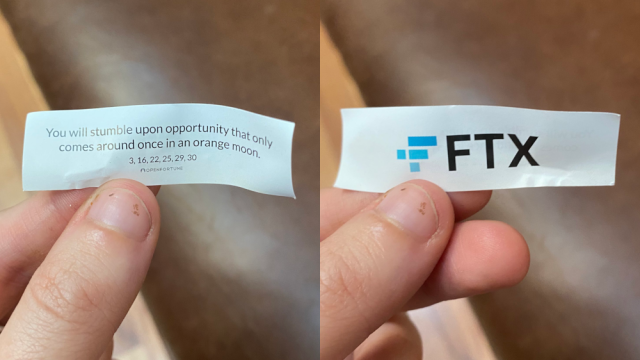Last week, I tried to count all the ads I saw in a single day. I didn’t make it all the way through 24 hours of my little experiment, but as I was reading the morning news, listening to the radio during breakfast, scrolling on social media, and passing billboards on the way to a coffee shop, I tallied every time I noticed a commercial. By 10:00 a.m., the number was well over 800. Pretty soon I lost count.
As 2022 draws to a close, we are absolutely inundated with ads. Eric Seufert, who runs the digital advertising blog Mobile Dev Memo, coined a phrase to describe the state of the world we’re living in: “everything is an ad network.” That dynamic is changing businesses everywhere as unexpected companies like Marriott start selling ads.
The DMV selling advertising space is yet another sign of the end times. pic.twitter.com/t21BIyLIEX
— Sean Czarnecki (@SeanMCzarnecki) April 29, 2022
Companies from grocery stores to hotels have realised they’re sitting on a trove on consumer data and have launched the kind of digital advertising systems that used to be reserved for Google and Facebook. There are screens flicking advertising at you in elevators, doctor’s offices, gas stations, and the back seats of New York City Cabs. For just about every surface you can lay your eyes on, there’s a company trying to turn it into an opportunity to show you an ad, and there are engineers all over the world designing innovative technology to make it happen.
It’s only getting more extreme from here. Here are 10 of the worst new places you’re going to see ads in 2023. Happy New Year!
Targeted Ads in the Background of Your Favourite Show

Product placement in TV is nothing new, but thanks to the magic of technology, now it can finally be creepy.
Amazon and NBC Universal launched advertising services that let advertisers insert their content into the background of TV shows and movies that have already been released. But that’s just the beginning. Streaming services are working to design advertising services that can insert targeted, personalised advertising into preexisting shows, to display different ads to different viewers.
This kind of “virtual” advertising and product placement has already been used in Amazon Prime shows such as Tom Clancy’s Jack Ryan, Bosch: Legacy, Reacher, and Leverage: Redemption. The next time you notice a billboard in the background of your favourite show, the ad you’re seeing might have been served up just for you based on what you ordered the day before.
Crowding out Things You’re Already Trying to Buy
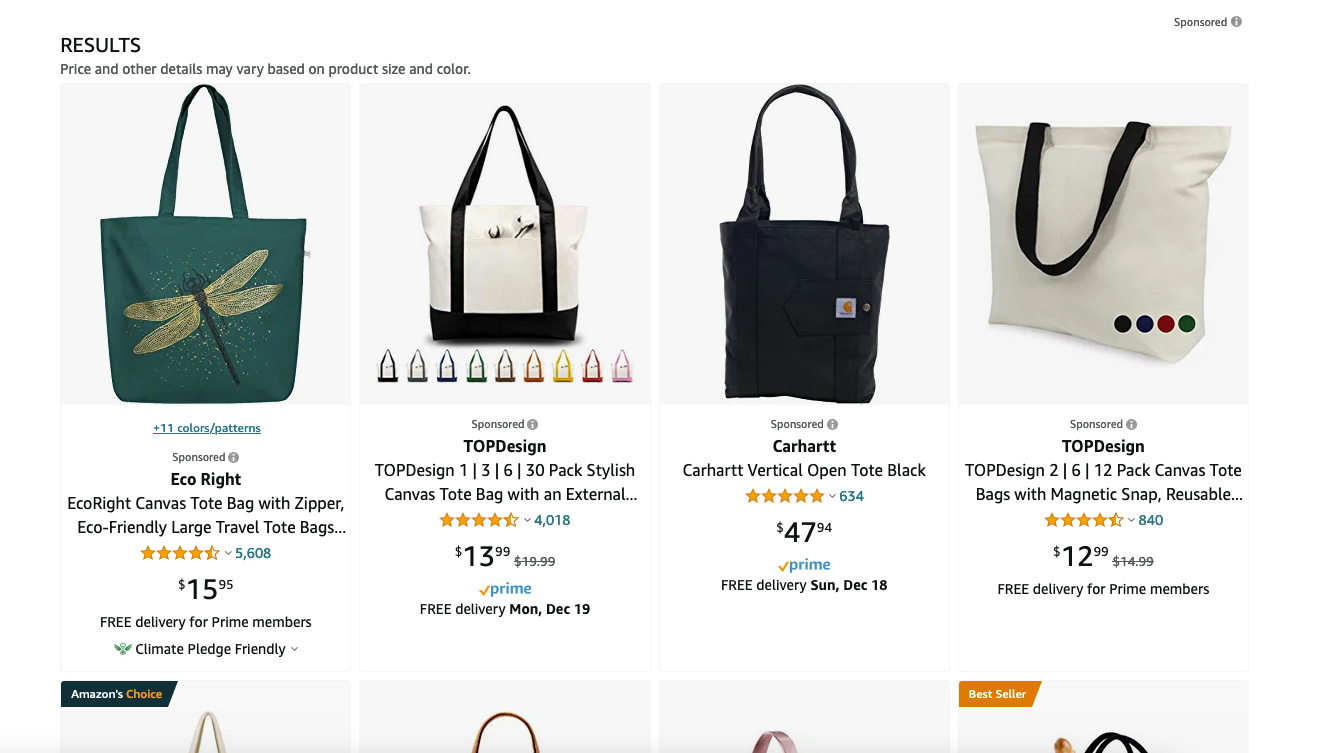
One of the big recent developments in the advertising industry are what’s called “retail ad networks.” Governments and tech platforms like Apple and Google are cracking down on data gathering, making third-party data a bit harder to get. That creates a business opportunity for big retailers and other companies that have large databases of information about their existing customers.
Just about every major consumer-facing company you can think of has launched an advertising network over the last few years. You can now pay to advertise 7-11, Best Buy, Chewy, CVS, DollarTree, Doordash, eBay, Home Depot, Instacart, Kroger (which just merged with Albertsons), Lowe’s, Macy’s, Marriott Target, Walgreens, Wallmart, Wayfair, Ulta — the list goes on.
Amazon made over $US36 ($50) billion from ads in the last year, which is more than it made on Amazon Prime and all of its other subscription services combined.
Guess where you’re going to see those ads? In front of the products and services that you came to those companies intending to buy. Vox recently took at a look at Amazon search results and found that the entire first page is often nothing but sponsored products. It’s a grim vision of what you can expect across the whole internet, and even in person.
Popping up on Your TV

Why should the internet get to have all the fun? Popups may be making a comeback on TV. That’s all thanks to Vizio, which announced a new advertising format called Jump Ads that will display banner ads over live television. You read that correctly — banner ads like the ones online, probably promoting streaming services, will crowd out the bottom section of the show you’re watching.
Vizio promises the ads won’t be intrusive. It’s not clear what this new kind of ad is going to be called though. After I wrote a story about Jump Ads for Consumer Reports, a Vizio spokeperson told me they were probably going to change the name.
In the Apps You Use For Work
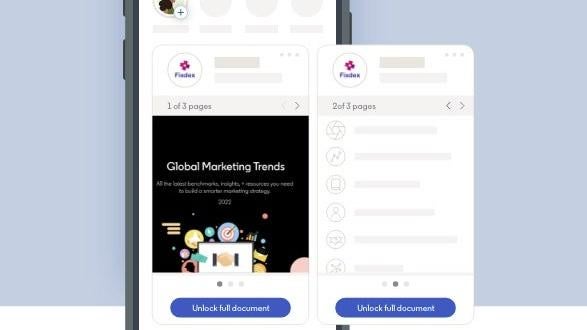
From 9 a.m. to 5 p.m., a lot of us are quite literally a captive audience, especially if you work in an office. The worst thing about it is that you usually just don’t get to see that many ads while you’re on company time. Finally, there’s a solution.
Depending on your job, there are probably a bunch of apps that you’re forced to use for various services like email. The company’s that make those apps are starting to realise there’s an opportunity for marketing dollars.
Microsoft announced it will be sticking more ads in Outlook on iOS and Android this year, adding marketing to the inbox itself to keep all those spam emails company. The company also posted a job listing related to a project building a low-priced laptop fuelled by advertising. And if you apply to that job on Microsoft’s LinkedIn, you can enjoy some exciting new ad formats there too. The social media platform for business bros launched its latest marketing innovation, Document Ads, which lets advertisers stick long form documents in users’ feeds.
Zoom has experimented with advertising recently but ended the program in April, so unfortunately, you still have to enjoy your work calls ad-free. But it’s only a matter of time before Coke starts sponsoring your favourite Slack channel.
Apple Devices
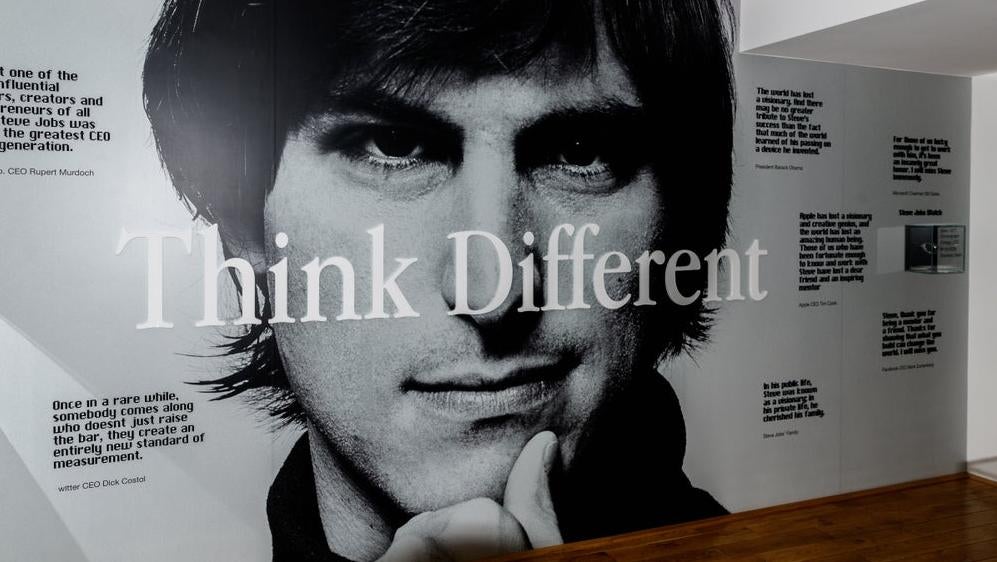
Apple spent decades singing its own praises about its beautiful products and sleek interfaces. But time comes for us all, and so do ads, apparently. This year, Apple quietly started slipping more ads into the App Store. The company is in talks to bring ads to Apple TV+.
This, however, is probably just the beginning. As part of its commitment to privacy, Apple introduced a privacy setting that kneecapped Meta’s advertising business. It created a big opportunity for Apple to build an ad network to replace it, and a lot of ad industry observers expect that was part of the company’s game plan all along. Apple also seems to be building a team to steal small business advertisers away from Facebook and Instagram.
And don’t expect perfect privacy if Apple does go ahead with more ads. The iPhone manufacturer collects plenty of your data in ways you might not expect.
On the Packaging of Products You Already Paid For

You might think that once you actually buy a product, the ad business would be done with you. But advertising pros often talk about “under-priced attention,” new places where you can get marketing in front of people for relatively cheap. Corporate America has started to realise that there’s a lot of wasted space on packaging that’s ripe for monetisation.
Amazon has started running ads on its boxes, there are ads on the back of cereal, you can even find marketing on the fortunes in fortune cookies (for FTX, of all things). It’s a trend you can expect a lot more of in the near future.
In Mark Zuckerberg’s Metaverse

You can’t pay for a regular ad in the Metaverse — at least not for now. But that doesn’t mean it isn’t a great opportunity for marketing.
Meta has spent the year pitching its virtual reality platform to advertisers, and plenty of companies are getting in on the fun. Take your friends at JP Morgan Chase, which launched what it calls “the Metaverse’s first bank” last February. It’s even more exciting than it sounds, but unfortunately you won’t be able to make a deposit. The virtual bank is only a “lounge.” It’s still great news though. Usually when I try to just hang out at a bank they make me leave after a while, but now you can strap on a VR headset and stay as long as you want.
Advertising and marketing are already shaping the Metaverse, and it’s only a matter of time before we get more traditional ads in there too. If there’s one thing Mark Zuckerberg likes more than you data, it’s ads tailored to you using that data.
We have a sneak peak of what that might look like. In the privacy policy for Meta’s latest headset, the company makes you consent to what sounds a lot like tracking your face and eyeballs for targeted ads. In the Metaverse, the social media business may get an unprecedented opportunity to turn your feelings and emotions into precious data.
Following You Around Websites

You don’t have to wait until 2023 for this one, it’s coming just before the new year. Google announced a new advertising format called Side Rail Ads that will stick to a page and follow you around as you scroll. It’s like having a new corporate friend to keep you company online.
In Uber, Lyft, and Every Other App For That Matter
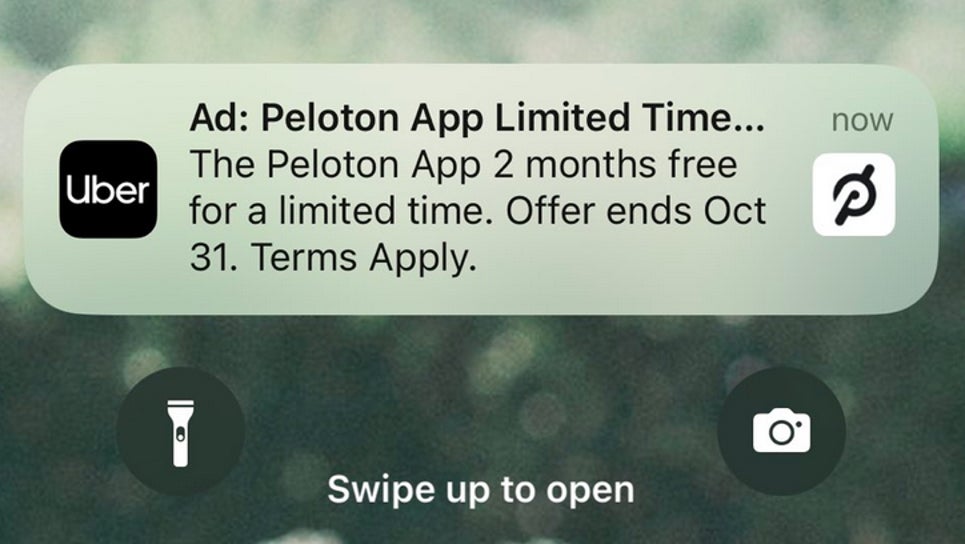
There’s only three things you can count on in life: death, taxes, and ads. Here’s a secret about Uber and Lyft: they can’t figure out how to turn a profit. Like so many tech companies, the ride share giants sell their services at a loss, burning through mountains of venture capitalists’ money while they try to figure out an actual business model.
With the economy facing a downturn, the pressure is on. Both ride-hailing companies have landed on a temporary solution. You guessed it: ads. Uber went even farther than its rival, and actually started showing ads for other companies in push notifications.
But it’s not just ride share apps. Just like retail stores, more and more apps that used to be ad free are finding ways to fill their interfaces with advertising.
In Video Games

Playing video games means hours staring at screens. If that’s not an opportunity to sell you things, I don’t know what is. Gaming developers are well aware of this potential revenue stream. Let’s catch some eyeballs.
Ads in video games aren’t new, but they are poised to explode. President Obama promoted his 2008 campaign in Guitar Hero III, Madden NFL 09, NBA Live 08, Burnout Paradise, Nascar 09 and Need For Speed Carbon. He did it again in Madden NFL 11 and NBA 2k11 during his campaign for a second term. It worked!
That’s baby stuff though, these were prearranged promos that shipped with the games themselves. What we want is addressable, targeted ads that change with the audience, and by god, we’re going to get them.
Microsoft is building an ad system to let advertisers reach players in XBox games, and Sony has the same plans for the Playstation. You’re going to get more of the same on PC games and on mobile gaming apps. Advertising analysts say the games industry is about to see an eruption of advertising. Gamers rejoice.
